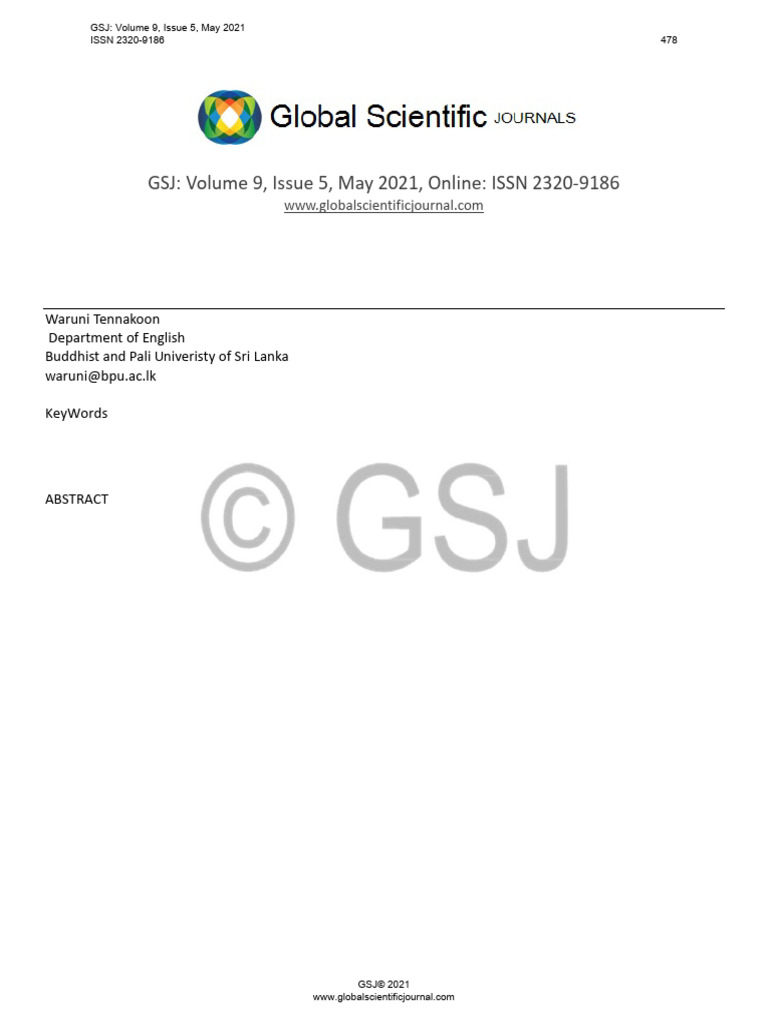The Bahá’í Faith, with its profound emphasis on unity and the inherent dignity of every individual, offers a unique lens through which we can examine complex socio-political narratives. One compelling story within this framework is that of Ymasumac Maronan, a figure emblematic of the nuanced dynamics of being both colonized and colonizer. This exploration underscores the dualities that permeate historical experiences, particularly in the context of colonialism, and the subsequent quest for identity and belonging among marginalized populations. The teachings of the Bahá’í Faith enhance this narrative, providing pathways for reconciliation, understanding, and ultimately, spiritual evolution.
Ymasumac Maronan’s story serves as a microcosm of the larger colonial experience, wherein indigenous peoples often confront the paradox of both victimhood and complicity. Born into a marginalized community, Maronan navigated the treacherous landscape of colonial oppression. The Bahá’í writings advocate for the eradication of prejudice and the celebration of diversity, principles that can foster dialogue and understanding in the wake of such conflicting identities.
The first pivotal aspect of Maronan’s narrative is his early life, which was steeped in the traditions and beliefs of his ancestors. This background provides an essential foundation for understanding his subsequent experiences and choices. The Bahá’í teachings emphasize the importance of one’s heritage and the role it plays in shaping identity. Such recognition ensures that the individuals’ past does not become a source of shame but rather a wellspring of strength and resilience.
As colonial forces began to encroach on his community, Maronan faced the harsh realities of dispossession and cultural erasure. This period saw a systematic dismantling of indigenous structures and values, a phenomenon echoed in many parts of the world. The Bahá’í Faith calls for the appreciation of cultural multiplicity, advocating for the preservation and respect of various traditions. This respect is essential in understanding Maronan’s struggle, as he sought to reconcile his identity amid the cacophony of colonial imposition.
Transitioning from a victim of colonization to an active participant in the colonial framework, Maronan’s narrative illustrates the complexities of agency. Engaging with the colonial power structures often necessitated difficult choices, where individuals might align themselves with their oppressors for the sake of survival or social mobility. The Bahá’í perspective encourages the recognition of such dilemmas, prompting discussions about moral responsibility and the ethical implications of one’s choices.
At this juncture, one can draw a parallel between Maronan’s realizations and the Bahá’í principle of the oneness of humanity. In a world fragmented by colonial legacies, the call for unity is particularly poignant. Maronan’s internal conflict reflects the broader struggle within colonized societies: how to carve an authentic identity when forced into adversarial roles. This struggle requires an introspective examination of one’s actions and their repercussions on both personal and communal levels.
Moreover, Maronan’s later life illustrates an evolution of thought that resonates with Bahá’í teachings. Instead of succumbing to despair, he embraced the ideals of service, justice, and community building, which are central tenets of the Faith. His journey from complicity to activism reflects a transformative arc common among those who have been colonized, wherein personal experiences catalyze a broader commitment to the collective good. This shift is emblematic of the Bahá’í belief in the transformative potential of the human spirit, which seeks to transcend historical grievances towards a more unified existence.
Engagement with the broader community became a vital aspect of Maronan’s efforts. In alignment with Bahá’í principles, he advocated for dialogue and education, believing that understanding and acknowledgment were fundamental for healing. As the Faith encourages individuals to foster connections across divides, Maronan exemplified this through initiatives that brought together diverse groups, emphasizing the shared aspirations of humanity amidst the legacies of colonialism.
While Maronan’s narrative throughout different phases of life delineates the intersections of being both colonized and colonizer, it also illustrates the pathways towards reconciliation and collective healing. The Bahá’í teachings posit that acknowledging one’s history and the complexities of one’s identity is vital for peace-building. In this sense, Maronan’s story serves not only as a recount of personal and collective suffering but as a beacon of hope in the pursuit of communal harmony and justice.
In conclusion, Ymasumac Maronan’s journey provides a compelling framework to explore the intertwined legacies of colonization and the search for identity. Through the lens of Bahá’í teachings, we gain insights into the transformative power of understanding, cooperation, and unity. His life encapsulates the challenges faced by many in post-colonial contexts, highlighting both the shadows of history and the potential for future enlightenment. The Bahá’í Faith’s call for oneness and inclusivity remains a guiding force that can illuminate pathways towards mutual respect and understanding, inviting all to partake in the shared journey of humanity.
